Craig Pindell
Fine Art Photography
Experiments and Testing
One of the most enjoyable parts of film photography is the testing and
experimentation required to perfect the use of the materials and the fine tuning
of the craft of photography! Please keep in mind, some of these efforts will not
looks so great. Some will look very ordinary. Some will be OK.
I imagine if they are really horrible, I probably wouldn't put the results up
here.
I hope that by sharing some of the results, I can help other photographers
improve thier testing, inspire additional experimentation and help new
photographers learn from my mistakes.
Some may wonder why after 40 years of photography, I would still need to be
testing the materials I use. The truth is that the companies that
manufacture the materials are still working to improve the film, chemicals, and
paper that we use for this process. Some companies are working to make
their products more environmentally friendly. Some are showcasing new
products. Unfortunately, some companies are discontinuing products and I
have to find replacement products, which then leads to having to replace other
products or chemicals. Change is good, and I am looking forward to sharing
my findings going forward.
I hope you enjoy!
Ilford Pan F + Film with Ilford DD-X Developer
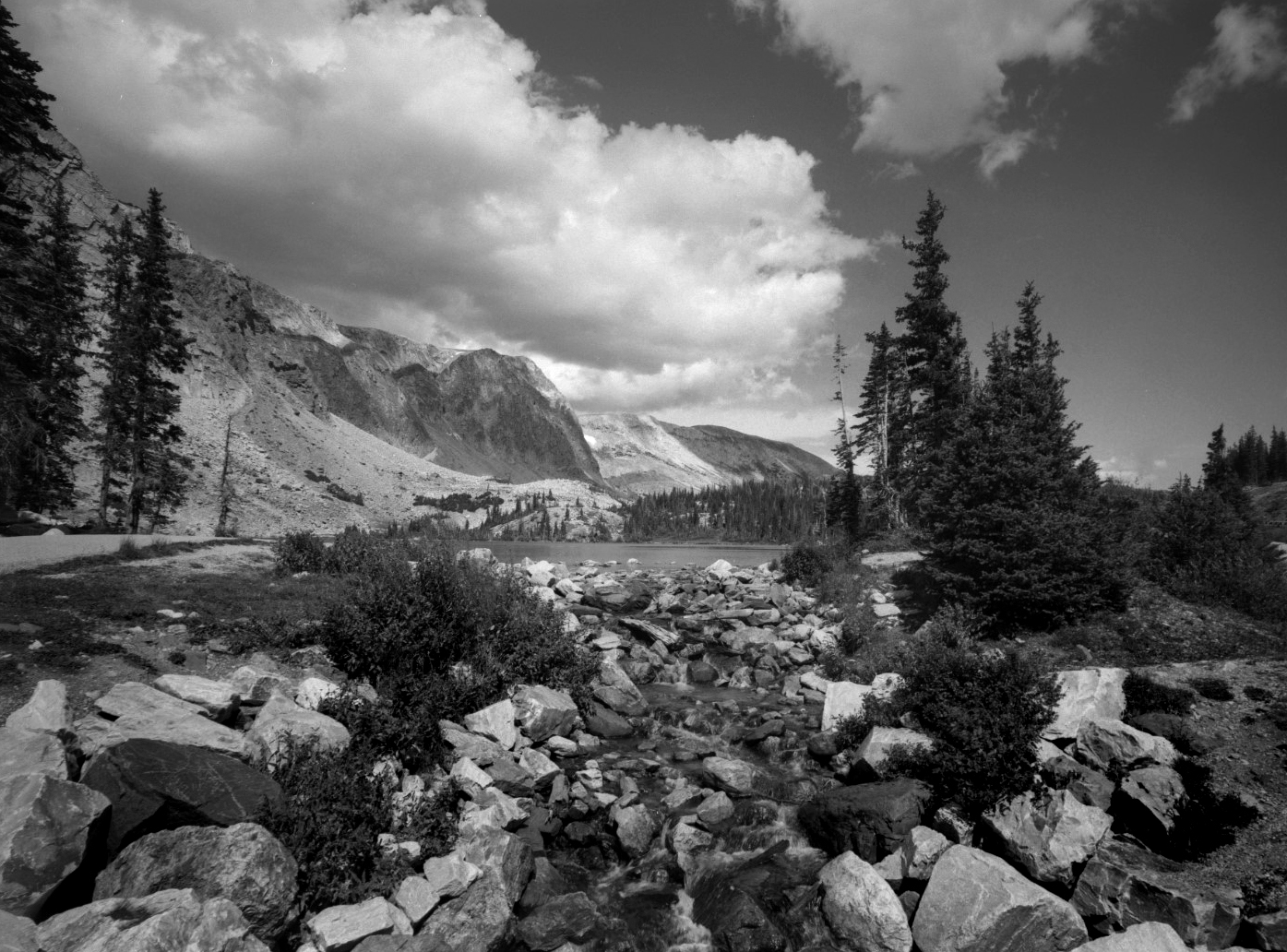 |
Lake Marie and French Creek
Snowy Range Wyoming
This photo was created with a Graphlex XLSW 6x9
camera and 47mm lens. Pan F+ film developed in Ilford DD-X diluted
1:6
This film and developer combination has greatly
improved my opinion of Pan F, and it was my favorite film prior to
experimenting with DD-X!
|
|
Leaves and Stream
Happy Jack, Wyoming
Mamiya RB67, 50mm lens, no filter, Pan F+ and
DD-X diluted 1:6. N-2 Development. To me it seems the
shadows lost a bit of detail, so I will try more to fine tune the N-2
data. I suspect I will need to reduce the film speed from 50 ISO
to 32 ISO for minus development.
|
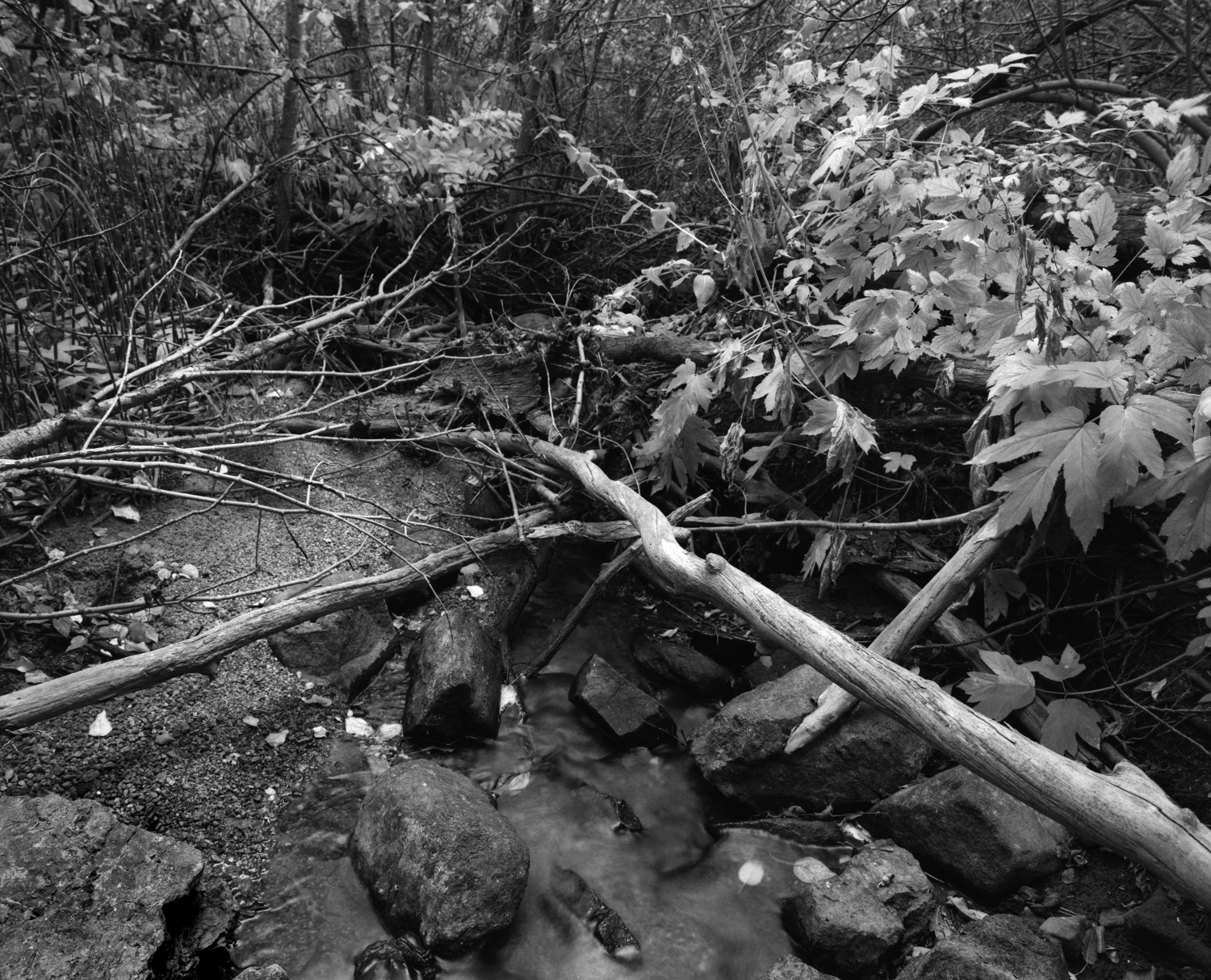 |
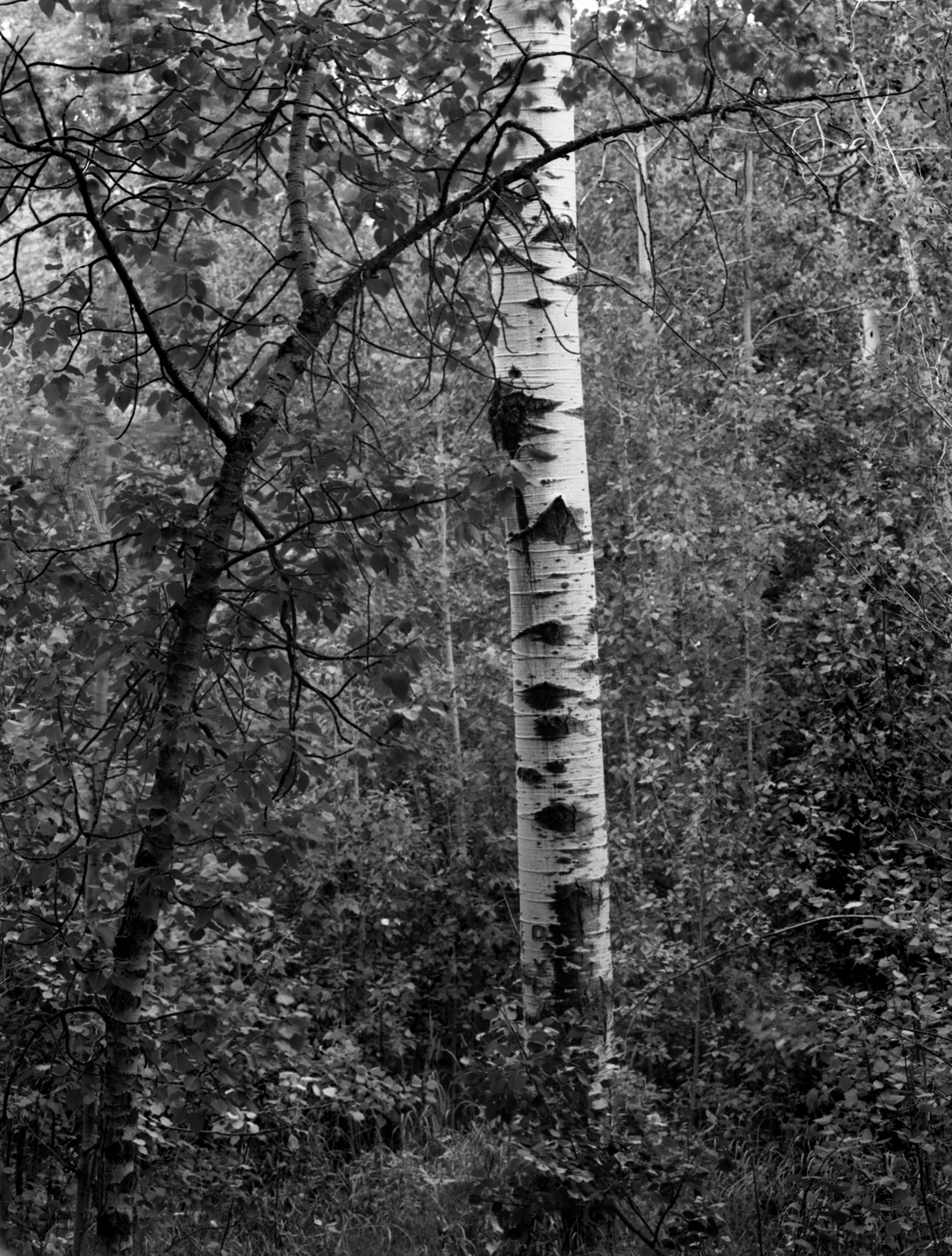 |
Aspen Trunk and
Curved Tree
Happy Jack, Wyoming
Mamiya RB67, 127mm lens, no
filter, Pan F+ Developed in DD-X diluted 1:6 and given N+2
development. I expected much more grain that this.
|
Ilford FP4+ Film with Ilford DD-X Developer
|
Pine Tree Rubble Pile
Happy Jack Road Wyoming
Ilford 8x10 FP4+ Film developed in DD-X diluted
1:6. Kodak Master Camera, 240mm lens. No filter.
Shortly after sunrise. 3 second exposure. Even with the long
exposure, the grain is very fine, and detail is excellent.
|
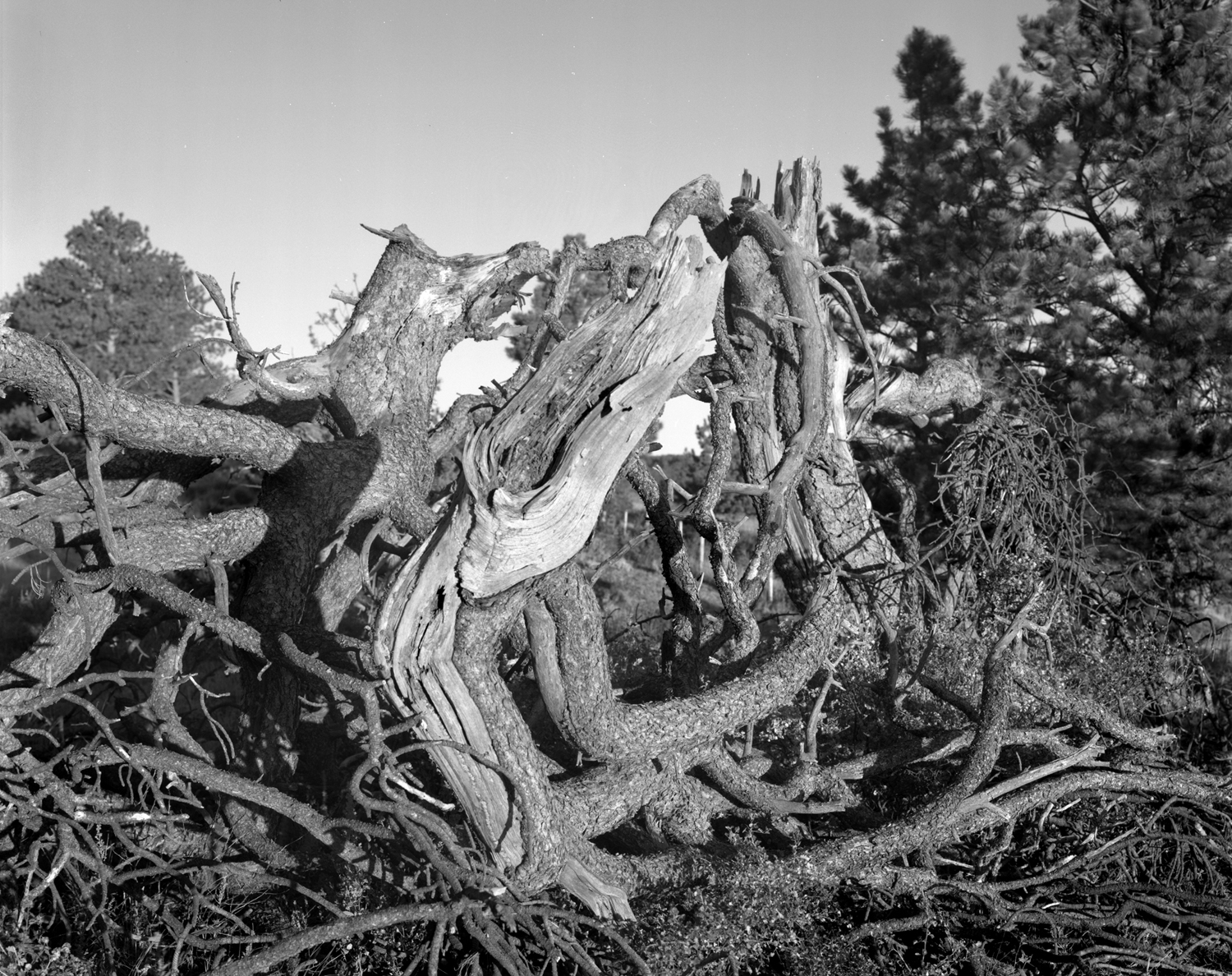 |
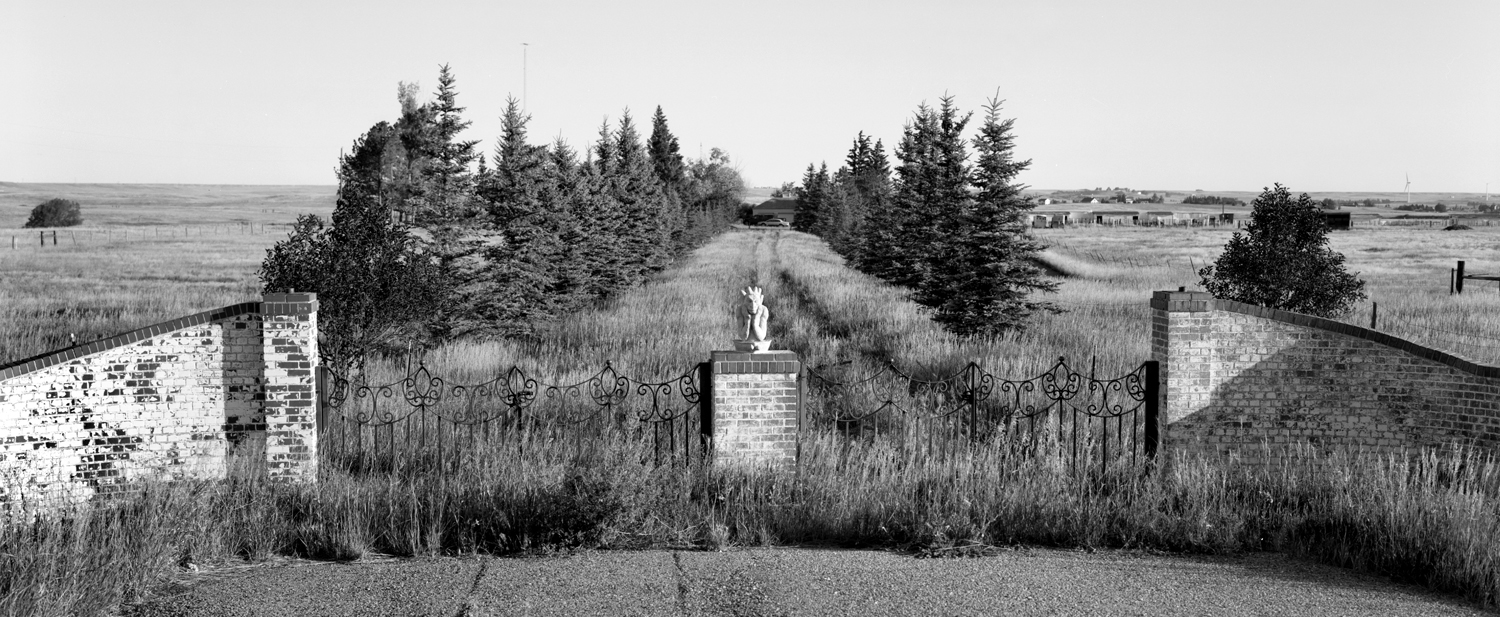 |
|
Gargoyle and Gate
Cheyenne Wyoming
Ilford 8x10 FP4+ Film developed in DD-X diluted
1:6. Kodak Master Camera, 240mm lens. No filter.
Normal development. The DD-X kept the grain small and even
in the sky area and held the detail very well.
|
Kodak Ektar 100 8x10 C41 Developed in my
darkroom
I have long wanted to make color negative film
photographs using my 8x10. This is an expensive and labor intensive
proposition, but I finally wore down and bought a box of Ektar film, along
with a home C41 processing kit. So far this has been a productive and fun
experiment. My goal is to not have super saturated offensive color, like
so many of the Digital photographs on social media and in advertising. I
want my color images (even though there are not many) to look real and to convey
what I saw and felt when I created the image.
The C41 developing process has been as simple as I remembered. The most
critical part so far has been temperature control, which my Jobo processor does
for me. I have reduced development time slightly from the recomendation
included with the chemistry. I think Ektar is a little too contrasty for
what I want, so the reduced development should help that. Development times are
fairly short, as I use 100 degrees F for my standard temperature. The big
color negatives are really impressive on the light box.
The next step in the adventure is to sort out a project and move forward.
 |
|
Windmill near Carpenter Wyoming. Kodak
Master View Camera with 450 mm lens
|
|
Aligator in the Wood Pile
Albany County Wyoming
Kodak Master View Camera
240mm lens
|
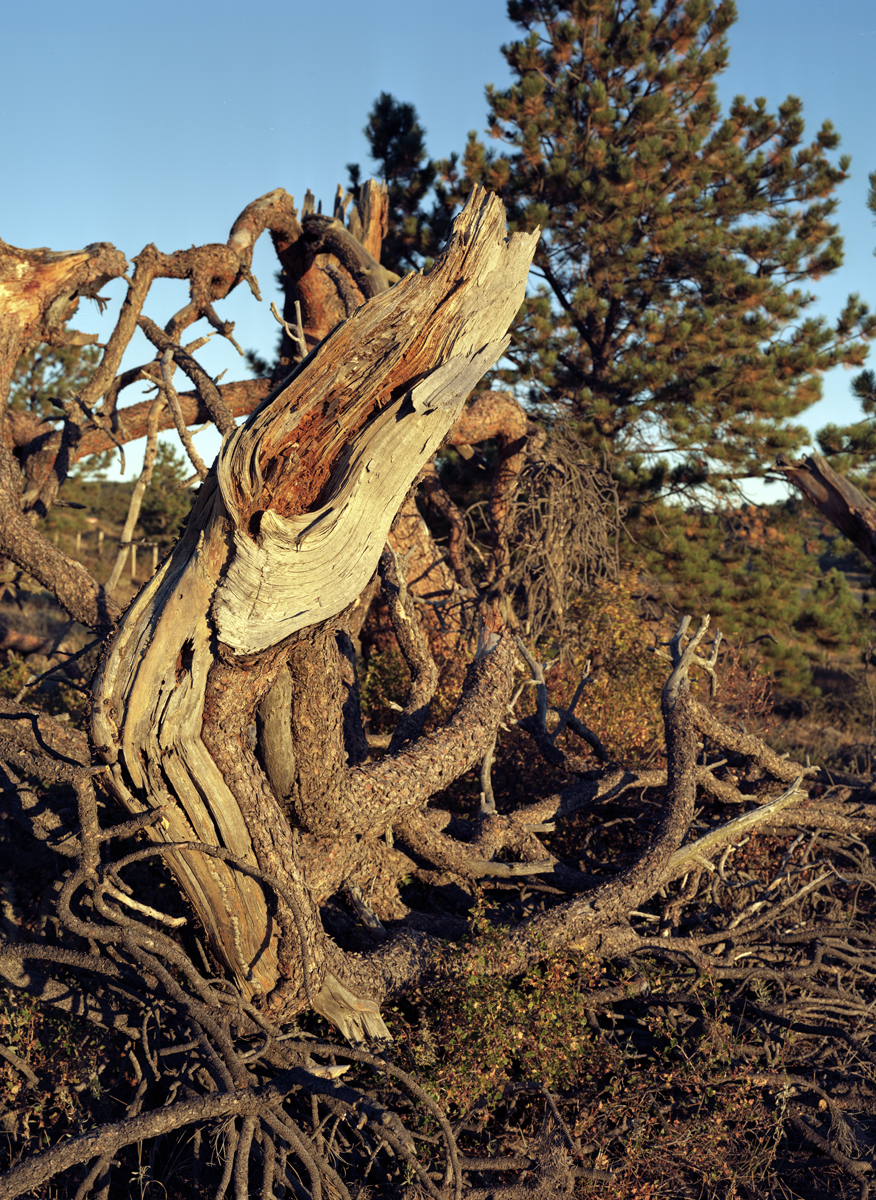 |
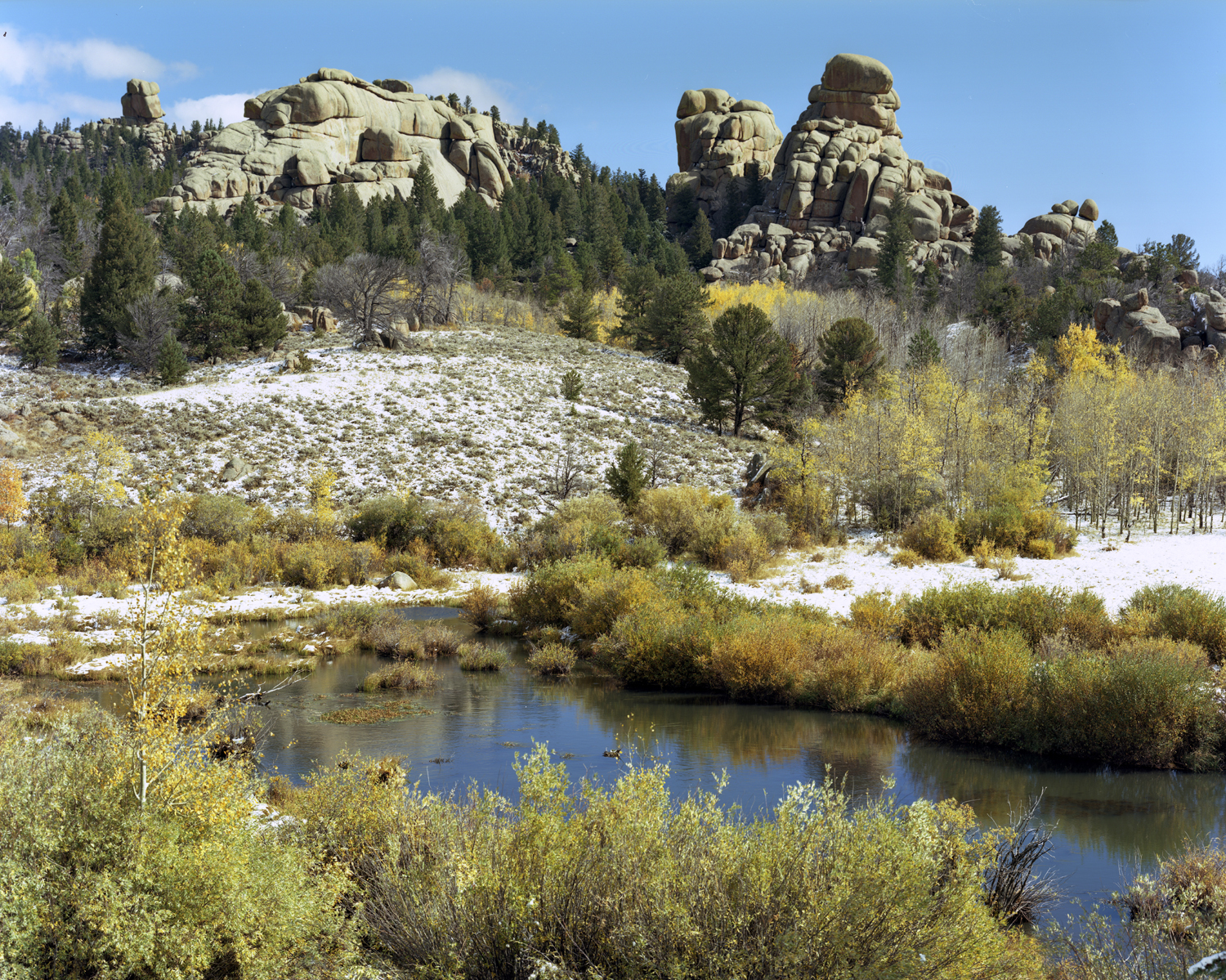 |
Blair Wallace Road
West of Cheyenne Wyoming
Kodak Master View Camera
240mm lens
|
|
Small Aspen Grove
Vedauwoo Wyoming
Kodak Master View Camera
240mm lens
|
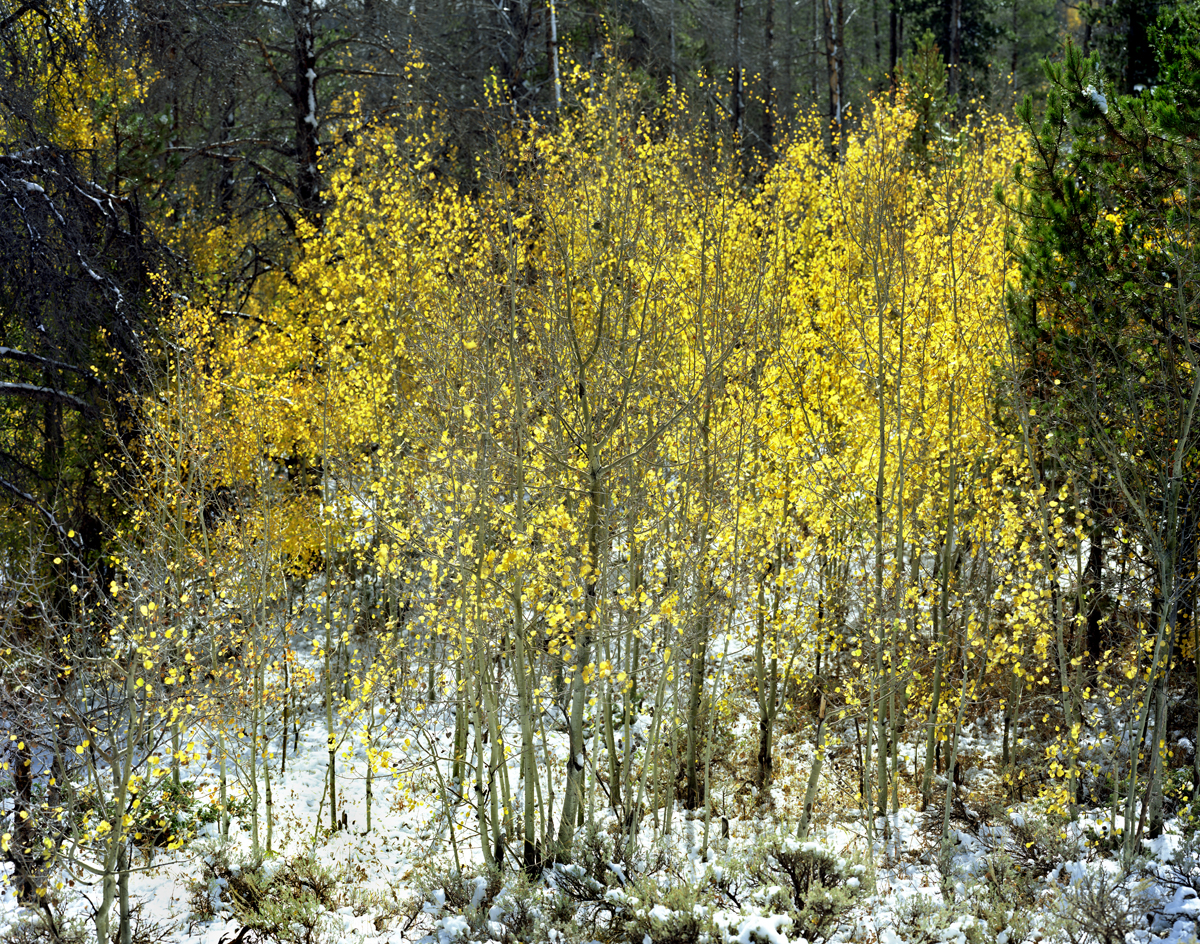 |
 |
|
Downtown Mural
Cheyenne Wyoming
Kodak Master View Camera
121mm lens
|
Click here to return to the Galleries
Click Here to Return to the Home
Page
Designed by: Craig Pindell









